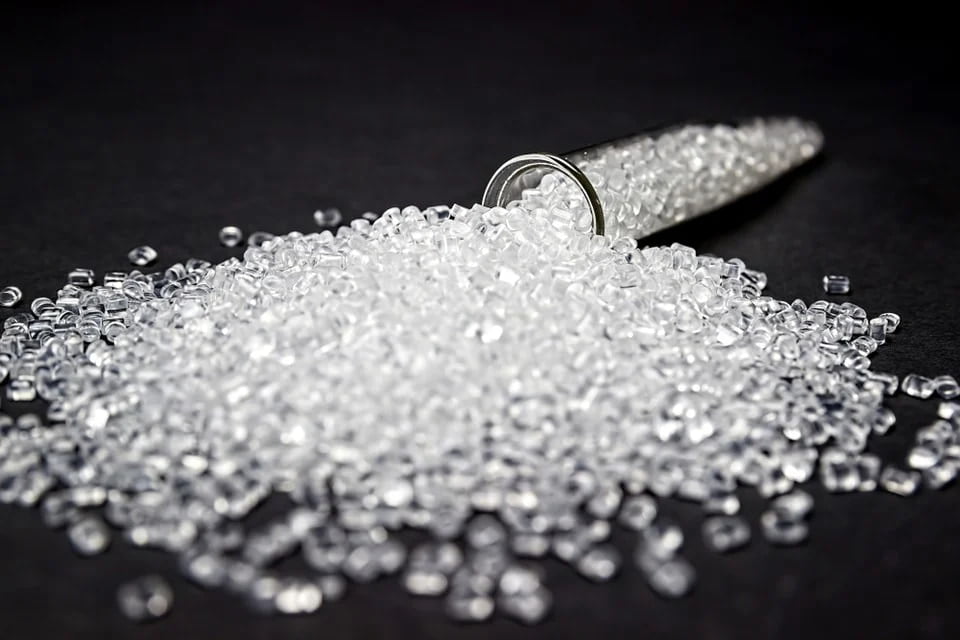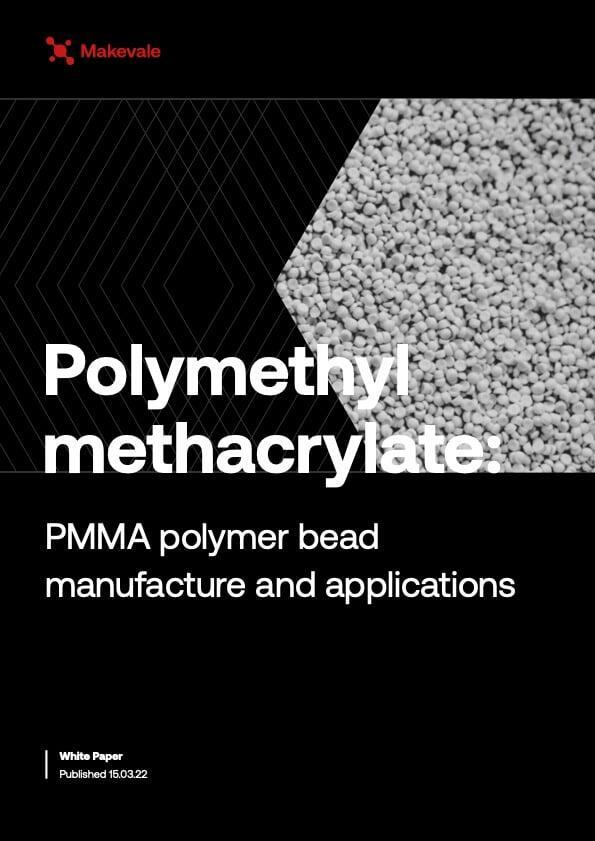
Vitrimers are emerging as a spin-off class of plastic polymer that may challenge the traditional division of polymers into thermoplastics and thermosets. They represent a class of versatile, sustainable second-generation dynamic networks that can be accessed by high-temperature functionalisation of disposed plastics. They offer a distinct advantage over thermosets that cannot be recycled or re-processed (to the detriment of the environment). In fact, they are more akin to thermoplastics that can be melted and re-processed at high temperatures, making them smart materials and potentially among the most versatile of contemporary recycled plastics.
Accessing vitrimers: synthesis and challenges
The recycling of consumer plastics such as TPOs (Thermoplastic Polyolefins), viz. PP (Polypropylene) and PE (Polyethylene), offers limitless scope in sustainability and potential upcycling into higher-value applications. Originating from thermosetting polymers, vitrimers are a type of plastic and behave as such when it comes to melting and resetting. The key challenge in vitrimer production resides in the functionalisation of the inert hydrocarbon of these polymers. Recently it has been shown by Terentjev et al. that vitrimers can be accessed through reactive extrusion in a two-step synthesis. This starts with PP bottles (HDPE packaging in the case of PE) that are graft co-polymerised with maleic anhydride (MA) in the presence of di-cumyl peroxide (DCP) initiator at high temperatures. The graft co-polymer is then cured with the di-functional epoxy DGEBA ( Diglycidyl Ether of Bisphenol A) through the epoxy/anhydride curing mechanism (anionic ring opening). The resulting vitrimer consists of an extensive network containing abundant ester functions and hydroxyl groups that may undergo transesterification reactions. Such reactions are thermally reversible in the presence of the zinc acetylacetonate catalyst used for their synthesis.
A second challenge that the synthesis above overcomes is the presence of additives in the first-generation polymers. It demands that the functionalisation and subsequent conversion reactions are robust enough to proceed unhindered by the presence of such compounds. The use of recyclable plastics without any sorting presents a host of unknown chemical inclusions at any given starting point, yet the reactions for this vitrimer synthesis and the subsequent processes that furnish their potential end-use materials are capable of proceeding without disruption.
Finally, considering the high-throughput scale on which consumer plastics could be re-processed in the creation of second-generation materials such as vitrimers, it is crucial that the process is scalable to industrial proportions.
Vitrimers: advantages and applications
One key benefit that vitrimers offer over the use of thermosets is that they can be processed and re-moulded at temperatures higher than their elastic-plastic transition. Because the bond exchange reaction can be triggered thermally within the interior of the network, flow is able to occur within the structure without compromising the integrity of the polymer backbone.
In experiments that compare the thermomechanical behaviour of the vitrimers with those of their original plastics, characteristics emerge where the original plastics and the vitrimers demonstrate almost identical solid-phase properties until the melting point is reached. However, once the melting point is exceeded (typically 140 – 170°C) the vitrimers demonstrate a rubber plateau that their precursor materials are unable to attain, which opens out an interesting extension of their properties at high-temperature domains. At these temperatures, high stress can be applied to re-mould vitrimers into new shapes which may hold promise in areas such as 3D-printing. Moreover, they may still retain the physical characteristics of a thermoset and have excellent mechanical strength.
In some high-tech industrial applications, it can be desirable to have interfaces between two different materials. It has been demonstrated, that PP and PE vitrimers can be welded together successfully through the formation of covalent bonds. This has the potential to offer routes to industrial assemblies where the materials may be particularly incompatible, especially for quite complex objects or where multiple materials are in use. Furthermore, welding eliminates the need for mechanical fasteners or adhesives and at a time when the automotive industry is shifting towards greater plastic and adhesive use for lightweighting, these materials hold considerable promise.
The thermal reversibility of the vitrimers' bond exchange reactions lends itself to shape memory characteristics in relation to certain temperature transitions. Smart materials of this kind that can be altered or triggered in some way by external stimuli, such as heat, are growing in popularity, with potential as sensors, actuators, bio-medical devices and flexible aerospace structures.
Significance of vitrimers in future upcycling
The level of plastic pollution in the world's oceans has already reached astonishing proportions and it will only deteriorate further. Even taking a small percentage of these materials for recycling or re-use can create enormous benefits and savings in terms of resources. Accessing vitrimers as a second-generation, functionalised dynamic network derived from sustainably sourced commodity plastics will create a new shift in plastic applications from low to high added values, with major possibility in sectors such as aerospace, robotics, textiles and the automotive industry.
A startup, Cambridge Smart Plastics , is already in place for the development of new commercial applications for these vitrimers, which are being termed Plastics 2.0.
Makevale are the world's leading polymer science and high-performance polymer manufacturing business. The company operates globally, with customers across the world in markets as diverse as biomedical tech, dental, rheology and many more. To learn more about Makevale's capabilities and how we can help your business manufacture higher quality products, get in touch with our technical team.
